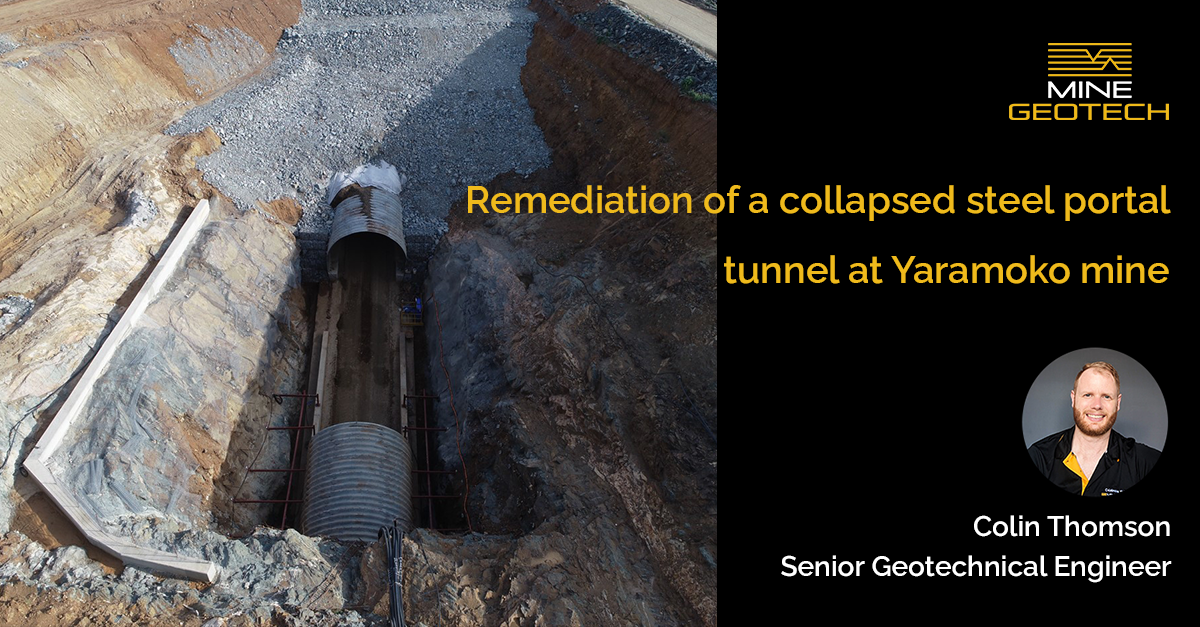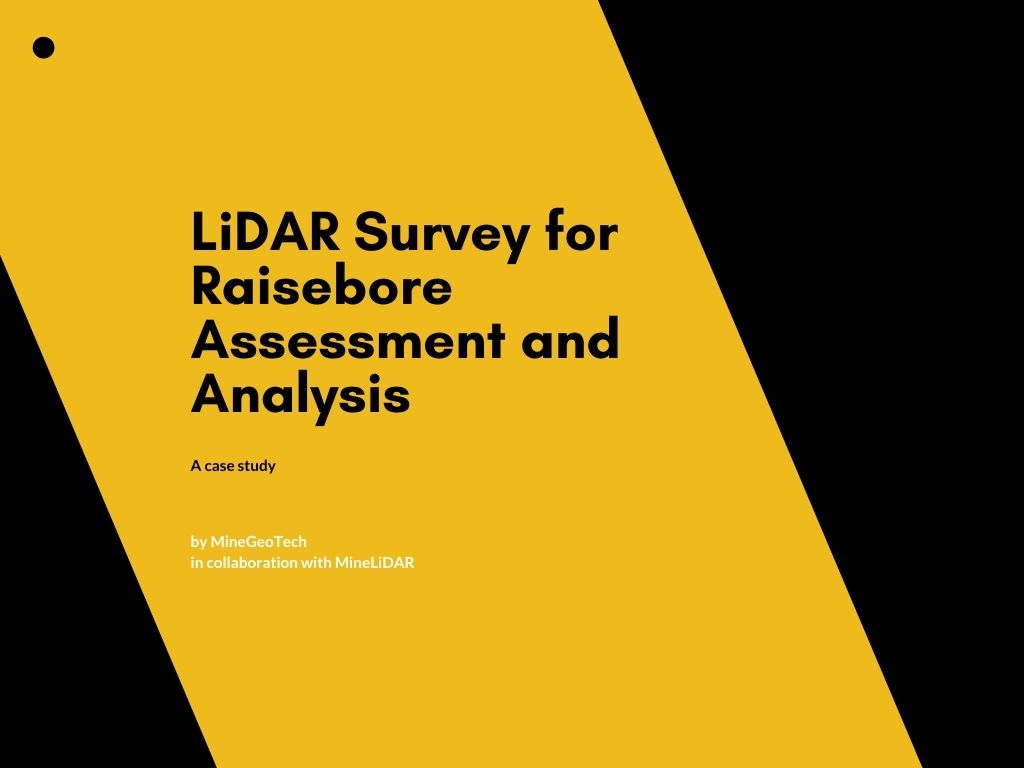LiDAR survey technology presents high-resolution mapping capabilities, and when used in a geotechnical insight capacity, can provide engineers with valuable rock mass response awareness for mine infrastructures such as weak-structure mapping, the locations of any water ingress points, and potential stress-induced damage.
In 2019, MineGeoTech Senior Geotechnical Engineer Richard Varden and sister company MineLiDAR deployed LiDAR scanning technology, at the Jaguar Raisebore, located within the Bentley deposit, in the Eastern Goldfields region of Western Australia.
Bentley is a volcanic massive sulphide Zinc Copper mine, forming part of the Teutonic Bore, Jaguar and Bentley cluster of deposits. The mining method is narrow vein AVOCA, with variations of cemented rock fill and loose rock fill, or open stopes with pillars. At the time, the depth of the mine was 750m, with up to six ore lenses being mined. With the discovery of a new high-grade ore lens, Bentayga, the MineGeoTech and MineLiDAR team were contracted to provide a geotechnical assessment of the proposed raisebore, before the drilling of a 354m long, 4.5m diameter ventilation rise commenced at the site.
“Geologically speaking, the Western Australian goldfields region typically experiences high horizontal principal stresses that result in significant damage, either caused by squeezing or seismic-related activities,” Mr Varden said.
Noting this geological landscape, the following scope was undertaken:
- Collection of data – geotechnical logging of core, underground exposure mapping and intact rock property testing
- Stability assessments – an empirical McCracken and Stacey (1989), generalised kinematic analysis, numerical modelling evaluation
- Interpretation of plods – raisebore boring return feedback from drillers was compared to logged ground conditions
- Stability back-analysis – based on a high-resolution LiDAR scan
LiDAR, which stands for Light Detection And Ranging, is a remote sensing method that measures the distance to a target by illuminating the target with laser light and measuring the reflected light with a sensor. Differences in laser return times and wavelengths can then be used to make digital 3D representations of the target.
The survey was conducted by lowering the Simultaneous Localization and Mapping (SLAM)-based LiDAR mapping instrument down the rise using a wireline winch. The survey rate was conducted at 25m per minute and was georeferenced from survey pickup of the raisebore cavern with referenced points painted on the walls. Due to concerns about the amount of water present, the survey was conducted for 200m of the 350m rise.
The LiDAR survey data was processed and presented by MineLiDAR Director and MineGeoTech Principal Geotechnical Engineer for Shafts, Peter Evans. The results of the survey clearly showed overbreak at areas of poor rock mass, stress-related breakout, structures, and water ingress.
“Location of water ingress was identified by the LiDAR, and it suggested more ingress than what was observed visually,” Mr Evans said.
“One of the key outcomes of this scan was to demonstrate that the fall out material that was coming to the bottom of the shaft was due to stress damage, not due to failure around a structure. The end result is that they didn’t need to remotely shotcrete the raise, saving them hundreds of thousands of dollars.”
“It’s quite an interesting result because historically other water-bearing structures dry out or significantly reduce flow over time, but this location showed different results.”
“The LiDAR scan also clearly showed overbreak from stress orientation, which is useful to correlate with stress measurements.”
Overall, conducting back analysis of a raisebore shaft using LiDAR allows the following to be achieved:
- Identification of volumes, locations and mechanisms of overbreak
- Identification of water ingress
- Confirmation or determination of stress orientation
- Improved ability to aid additional ground support measures such as fibrecreting requirements
- Confidence in completed raisebore condition
- Long-term monitoring – determine the rate of deformation, overbreak and direction of failure, allowing for risk management of infrastructure for life of mine
MineGeoTech recommends that LiDAR surveys of capital infrastructure raisebore excavations are made before commissioning occurs. This provides a detailed baseline on which to make future decisions and monitor deterioration.
Visit the MineGeoTech website and the MineLiDAR website if you’re interested in learning more about we might be able to assist with your next project.
For more details on this case study (presented at the AusIMM Underground Operators Conference conference in Perth on 15 March 2021), the full paper Jaguar Raisebore design using LiDAR for back analysis is available upon request.
Access full paper:
Jaguar Raisebore design using LiDAR for back analysis
The MGT Way is engineering advice
grounded in rigorous data analysis, enabling robust design.
Contact Us >
Our Services >
Meet the Team >
Explore Our Projects >



